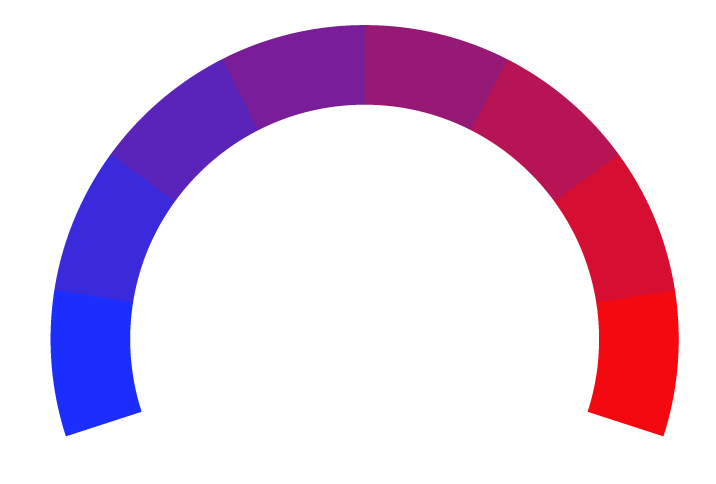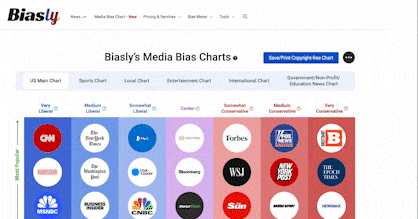 Business Insider Article Rating
Business Insider Article RatingUS Navy warships can defeat exploding naval drones today, but these deadly systems are evolving
- Bias Rating
- Reliability
60% ReliableAverage
- Policy Leaning
-10% Center
- Politician Portrayal
N/A
Continue For Free
Create your free account to see the in-depth bias analytics and more.
By creating an account, you agree to our Terms and Privacy Policy, and subscribe to email updates.
Bias Score Analysis
The A.I. bias rating includes policy and politician portrayal leanings based on the author’s tone found in the article using machine learning. Bias scores are on a scale of -100% to 100% with higher negative scores being more liberal and higher positive scores being more conservative, and 0% being neutral.
Sentiments
-12% Negative
- Liberal
| Sentence | Sentiment | Bias |
|---|---|---|
Unlock this feature by upgrading to the Pro plan. | ||
Reliability Score Analysis
Policy Leaning Analysis
Politician Portrayal Analysis
Bias Meter
Extremely
Liberal
Very
Liberal
Moderately
Liberal
Somewhat Liberal
Center
Somewhat Conservative
Moderately
Conservative
Very
Conservative
Extremely
Conservative
-100%
Liberal
100%
Conservative

Contributing sentiments towards policy:
57% : Archer Macy, a retired US Navy admiral who served aboard multiple warships, said one way to protect warships in port -- something Russia failed to adequately do in the past but appears to be looking at more closely -- is to string anti-torpedo netting between two buoys at the surface level.50% : " Over the past 18 months, two types of drones have emerged as weapons of an asymmetrical style of naval warfare put on display in Europe and the Middle East: unmanned surface vehicles, or USVs, and unmanned underwater vessels, or UUVs. USVs, especially the ones in Ukraine's arsenal, are essentially just speedboats packed with explosives that an operator can drive -- remotely and from a distance -- into another vessel and detonate.
*Our bias meter rating uses data science including sentiment analysis, machine learning and our proprietary algorithm for determining biases in news articles. Bias scores are on a scale of -100% to 100% with higher negative scores being more liberal and higher positive scores being more conservative, and 0% being neutral. The rating is an independent analysis and is not affiliated nor sponsored by the news source or any other organization.























